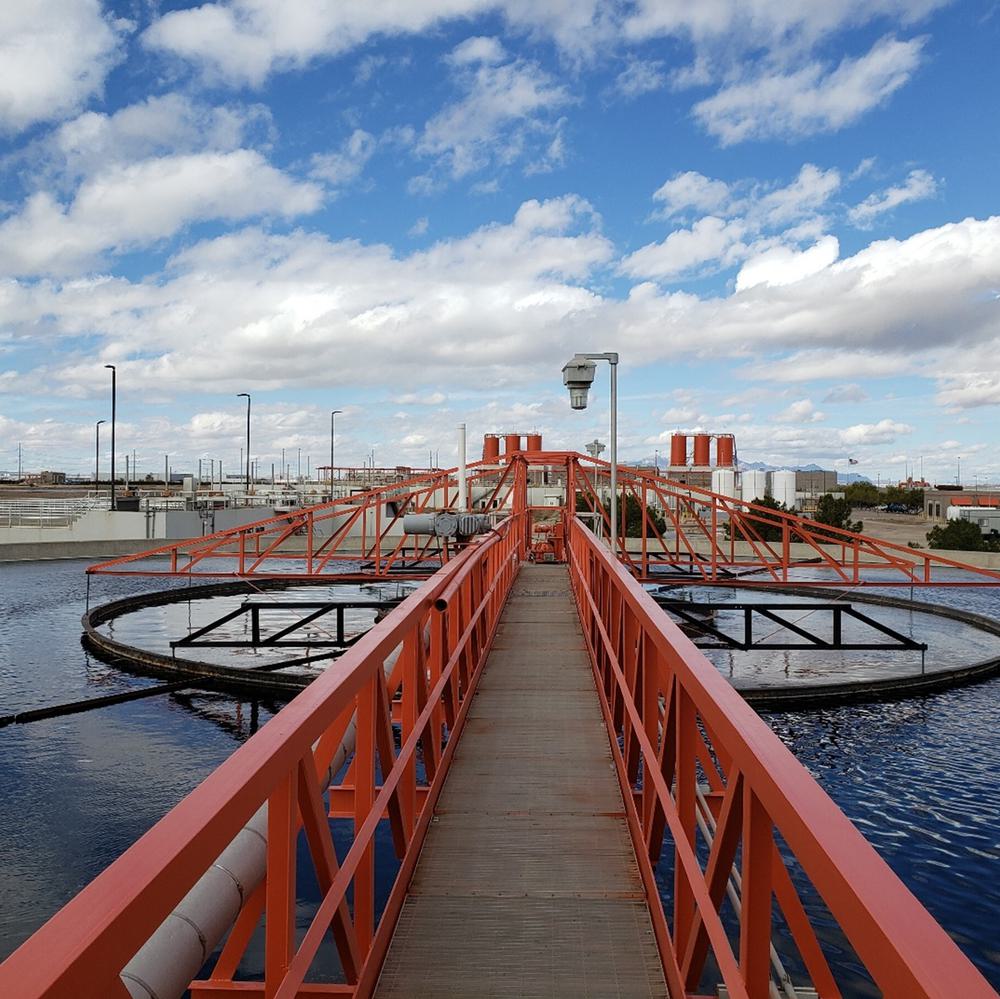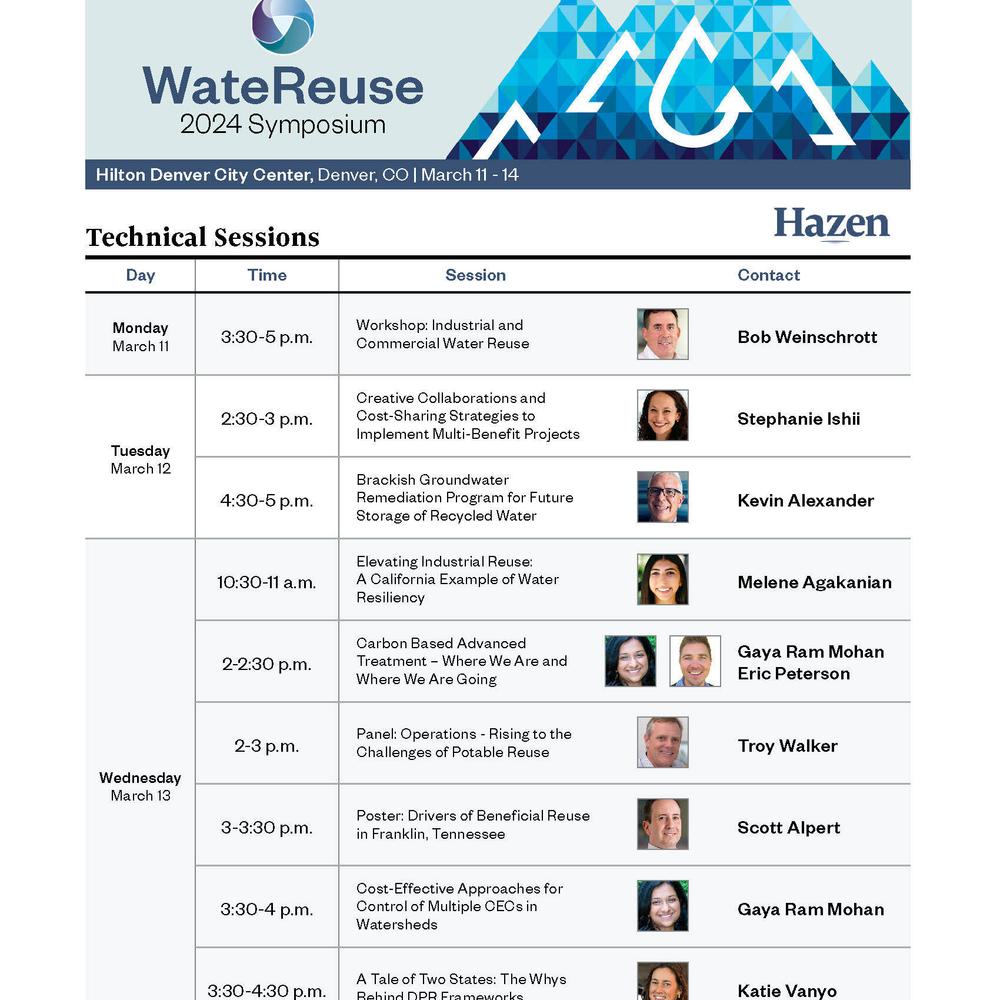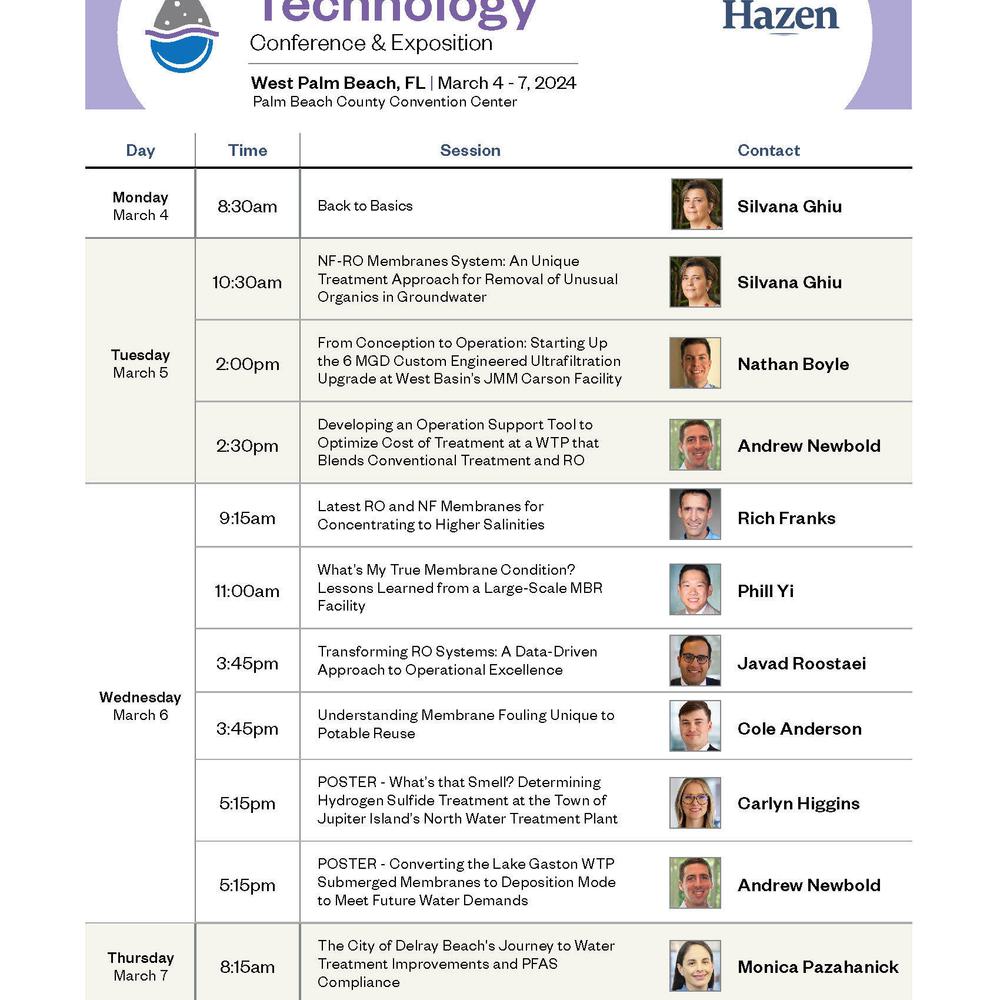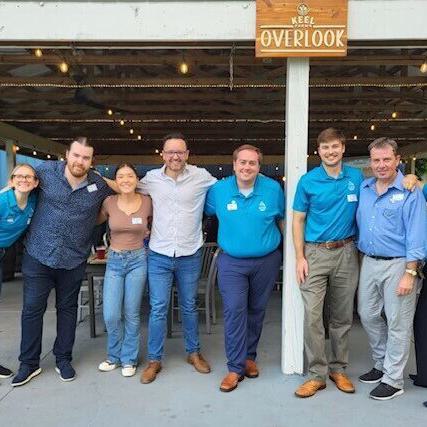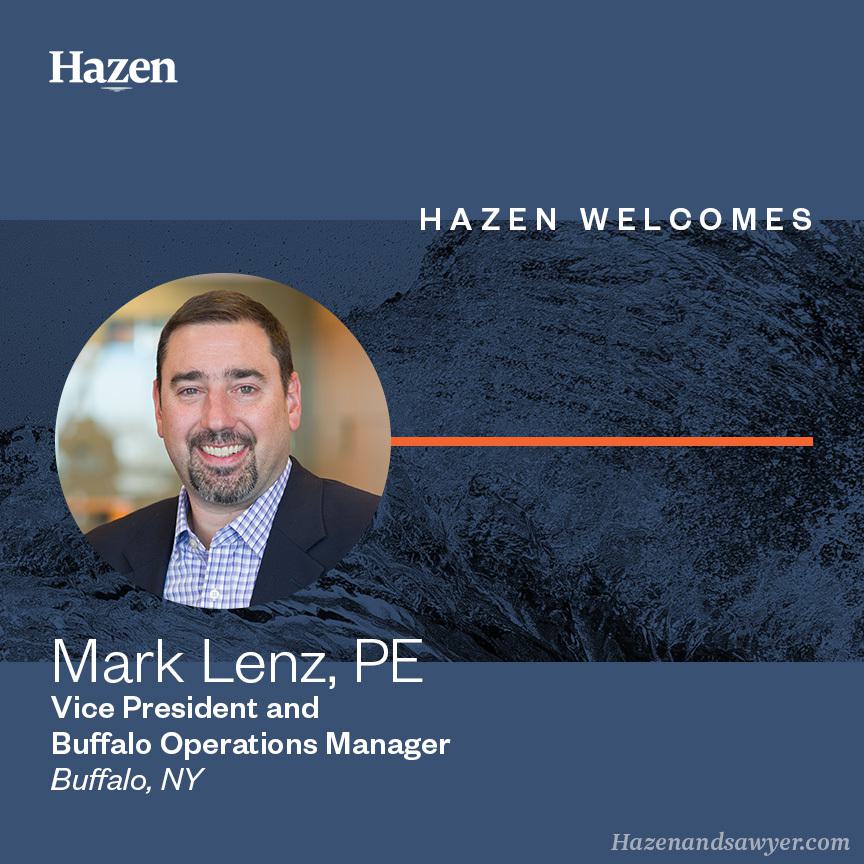OWASA/UNC Chapel Hill Reclaimed Water System
After a record-setting drought, Hazen and Sawyer performed a feasibility study that concluded that a reclaimed water system was financially and technically feasible, and represented an excellent cornerstone for the community’s sustainable water management strategy.
The OWASA/UNC Chapel Hill reclaimed water system is the culmination of five years of careful planning, comprehensive financial and technical feasibility studies, pilot scale testing, microbial risk assessment, detailed contract negotiations, final design, permitting and construction, and a thorough testing and acceptance strategy. Most importantly, the RCW enables OWASA to meet the community’s non-drinking water needs in a more sustainable way, while freeing up the drinking water supply and treatment capacity to meet essential needs.
Hazen and Sawyer designed the system to be easily expanded to serve additional customers and demands where it is economically feasible to do so. After the second phase of the project is completed, ninety percent of the expected demand will be used for cooling tower make-up water needs and toilet flushing. This ensures a year-round demand and helps maximize the water supply benefits from the project.
The system includes state-of-the-art control and information systems, and two-way SCADA links between OWASA and UNC Chapel Hill. Recognizing the University’s special water quality requirements, OWASA adds sulfuric acid to maintain reclaimed water alkalinity levels within the target range for protection and efficient operation of the University’s cooling towers.
The work also included a project-specific microbiological risk assessment and incorporated the recommendations into the design of the multiple barrier disinfection system (UV and chlorination).
Reclaimed Water in Action
As the 2001/2002 drought-of-record was ending in the Chapel Hill–Carrboro (NC) community, OWASA and UNC Chapel Hill decided to jointly study the feasibility of developing a reclaimed water system to meet certain non-drinking water needs for the University’s main campus.

Project Outcomes and Benefits
- The reclaimed water system (RCW) has reduced the University’s potable drinking water demand by 12%.
- Reclaimed water is currently being used as make-up water in the cooling towers located at various chiller plants on the campus.
- The next stage of the project will make reclaimed water available for irrigation at a number of sites and for toilet flushing at certain non-residential buildings.
- Helps OWASA defer the need for certain long-term capital improvements by reducing demand for drinking water, thereby enabling OWASA to defer expansion of its water treatment plant.




